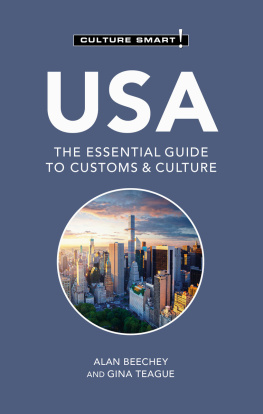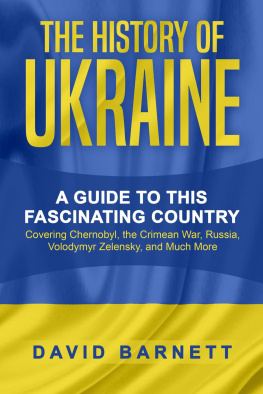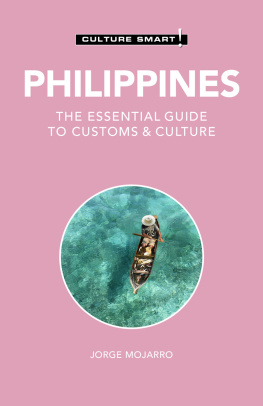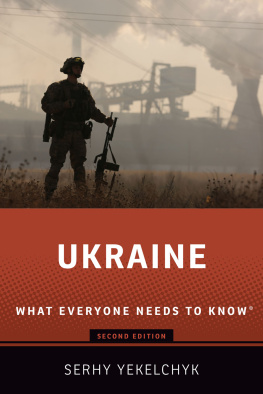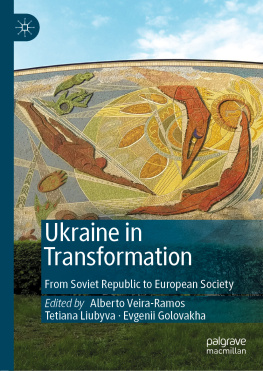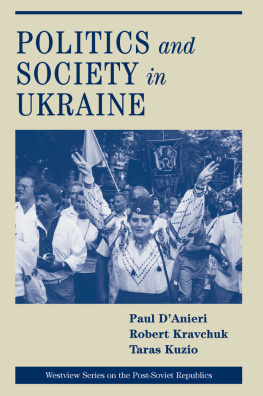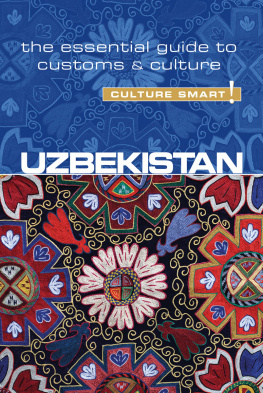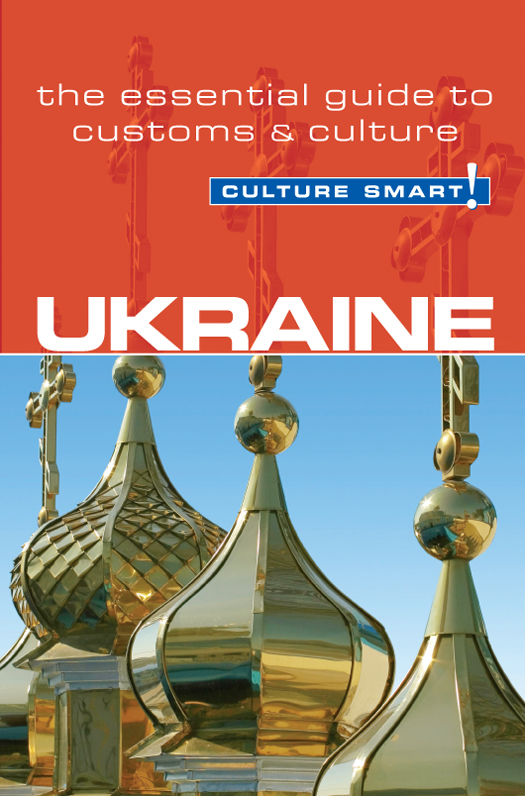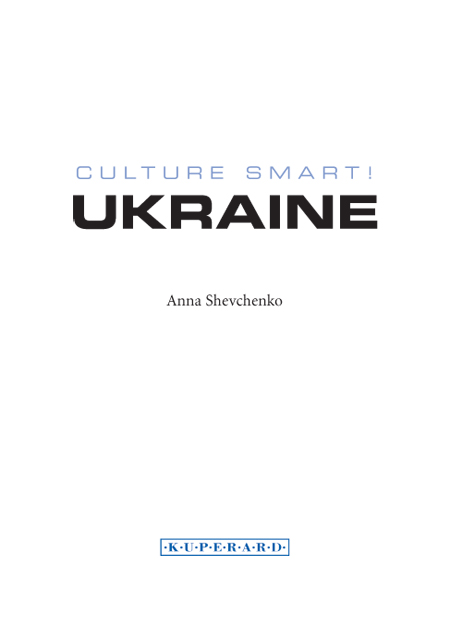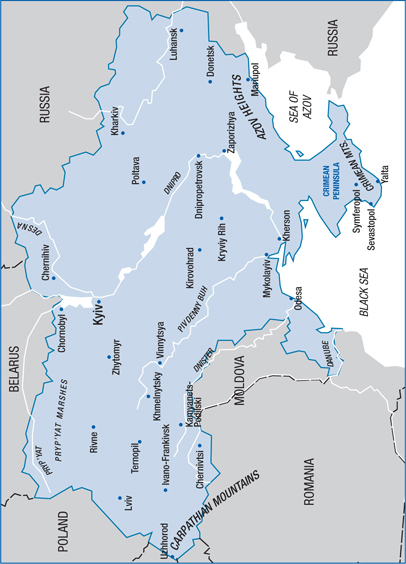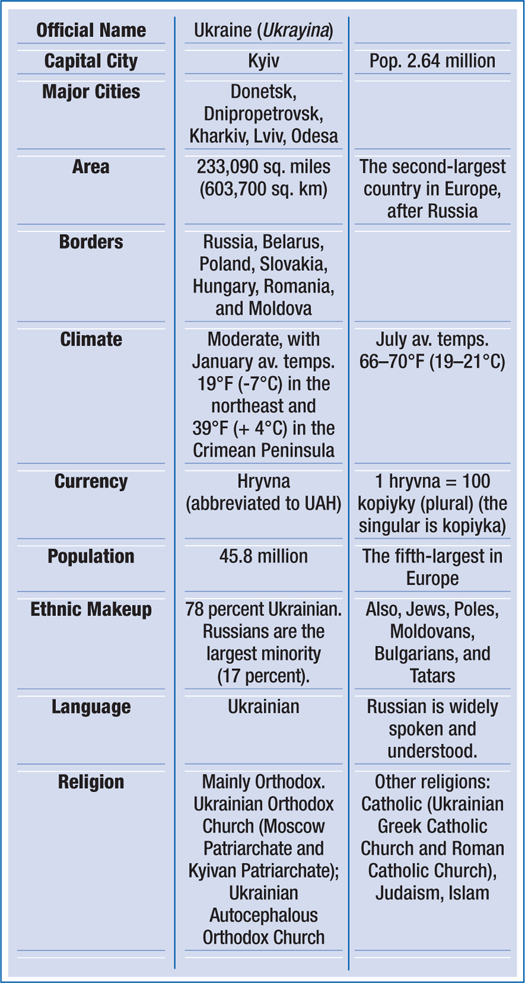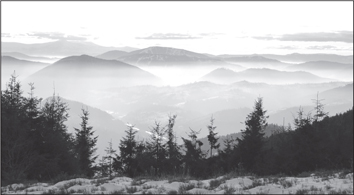ISBN 978 1 85733 663 4
This book is also available as an e-book: eISBN 978-1-85733-664-1
British Library Cataloguing in Publication Data
A CIP catalogue entry for this book is available from the British Library
First published in Great Britain
by Kuperard, an imprint of Bravo Ltd
59 Hutton Grove, London N12 8DS
Tel: +44 (0) 20 8446 2440 Fax: +44 (0) 20 8446 2441
www.culturesmart.co.uk
Inquiries:
Series Editor Geoffrey Chesler
Design Bobby Birchall
Cover image: The golden domes of the monastery of Pechersk Lavra in Kyiv. iStockphoto
Photos on iStockphoto
Images on the following pages reproduced under Creative Commons Attribution-Share Alike 3.0 Unported license: Petr Adam Dohnlek
Images on the following pages reproduced under Creative Commons Attribution-Share Alike 2.0 Generic license: alex roshuk
v3.1
About the Author
ANNA SHEVCHENKO is a Ukrainian-born business development consultant and the managing director of 3CN, a British-based company specializing in cross-cultural risk management. She speaks seven languages, and has an M.Phil. degree from Cambridge University. Anna has worked with key government and industry decision makers in Britain, Europe, and the CIS. She is the author of numerous articles and two books on cross-cultural communication, as well as two novels set in Ukraine: Bequest, published in 2010, and Tonys Game, out in September 2012.
The Culture Smart! series is continuing to expand.
For further information and latest titles visit
www.culturesmart.co.uk
The publishers would like to thank CultureSmart!Consulting for its help in researching and developing the concept for this series.
CultureSmart!Consulting creates tailor-made seminars and consultancy programs to meet a wide range of corporate, public-sector, and individual needs. Whether delivering courses on multicultural team building in the USA, preparing Chinese engineers for a posting in Europe, training call-center staff in India, or raising the awareness of police forces to the needs of diverse ethnic communities, it provides essential, practical, and powerful skills worldwide to an increasingly international workforce.
For details, visit www.culturesmartconsulting.com
CultureSmart!Consulting and CultureSmart! guides have both contributed to and featured regularly in the weekly travel program Fast Track on BBC World TV.
Contents
Map of Ukraine
introduction
When you travel to Ukraine, you enter a country full of paradoxes. The Ukrainians are proud of their roots, and reticent about their recent past; the country participates in international space programs and produces the worlds largest aircraft, but still lives in a world of superstitions. The Ukrainian way of life is a mix of the old Soviet legacy, centuries-old customs, and a search for a new European identity.
The word ukraina means borderland, and indeed for centuries the country was a border province of great empires. Different states fought bloody wars for the fertile Ukrainian lands and tore the country to pieces. Its history has been a constant struggle for independence and freedom, and foreign domination has left indelible traces in the Ukrainian mentality: Ukrainians are fatalistic, patient, and resilient, and one of the most popular sayings translates as Things will improve somehow.
The independent state of Ukraine is twenty years old, and in these two decades it has had its fair share of turmoil. The first years of independence saw the euphoria of freedom replaced by rampant inflation, poverty, and crime. Corruption became widespread, and frequently changing governments led to political uncertainty. Ukrainians lost count of elections, and the Orange Revolution, the great peaceful display of people power that overturned the results of rigged elections in 2004, turned sour. The country that lies on the crossroads of the famous historical trade routesfrom Varangians to Greeks (northsouth) and from Europe to Asia (eastwest)is now at the crossroads of its own destiny.
Marcel Proust once said, The true voyage of discovery lies not in seeking new landscapes, but in having new eyes. We hope that Culture Smart! Ukraine will help you to come to the country with your eyes open. It will inform you about the historical, political, and religious background that continues to shape the Ukrainian psyche today. Using illustrative anecdotes, it describes present-day values and attitudes, and offers practical advice on what to expect and how to behave in different social circumstances. It aims to make you feel at ease, whether you are sitting at a generously spread Ukrainian dinner table, shopping in a market, or attending a formal business meeting.
Vitayemo!Welcome to Ukraine!
Key Facts
chapter one
LAND & PEOPLE
GEOGRAPHICAL SNAPSHOT
When you travel through the picturesque region of Transcarpathia in the Western Ukraine, admiring its flower-filled valleys and fast rivers, you might spot a small monument near the Slovak border. And, if you studied Latin, you will be able to translate the inscription, marked by the Vienna Geographical Society in 1911, as with a scale of meridians and parallels, the center of Europe has been established here.
So, what is this country in the geographical center of Europe like? Bordered by Russia in the east and northeast, Belarus in the north, Poland, Slovakia, and Hungary in the west, and Romania and Moldova in the southwest, it is the second-largest European country in territory after Russia, with the fifth-largest population (approx. 45.8 million); 78 percent of the population are ethnic Ukrainians, 17 percent of the population are Russian, with other ethnic minorities, mainly from the bordering countries, making up the remaining 5 percent. The Crimean Tatars, who were forcibly deported to Central Asia in 1944, have been allowed to settle in Crimea. So far, around 250,000 have returned.
Administratively, Ukraine consists of twenty-four oblasts (regions) and one Autonomous Republic (Crimea). The capital, Kyiv (formerly Kiev), has a population of 2.64 million.
The Carpathian Mountains and alpine meadows (polonyny) in the west descend to the rolling hills of Podillya, and to the thick forest of Polissya further east. The steppes stretch all the way south, to the coasts of the Black Sea and the Sea of Azov, where the Crimean Peninsula enjoys a Mediterranean climate.


